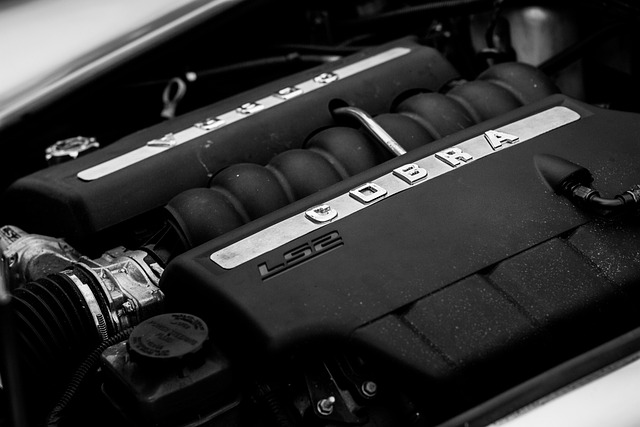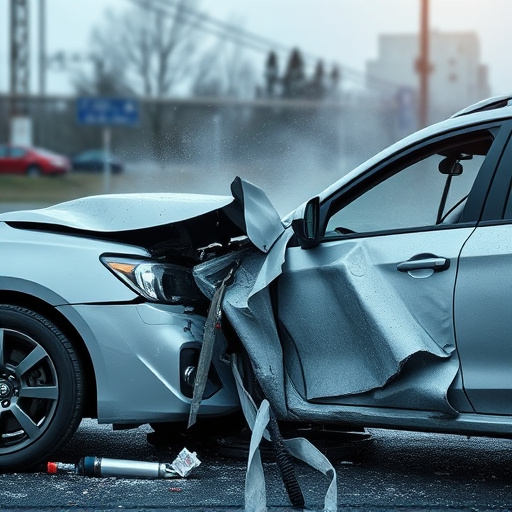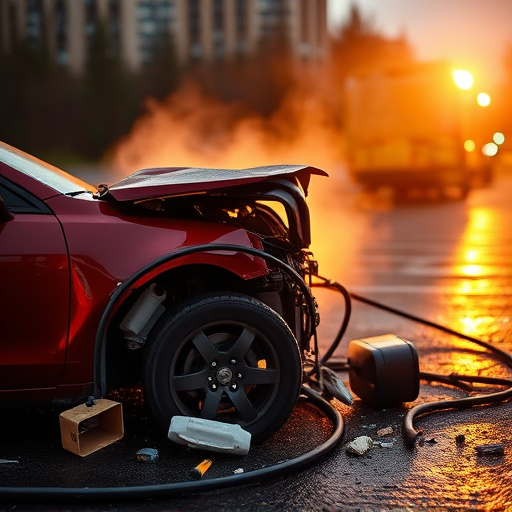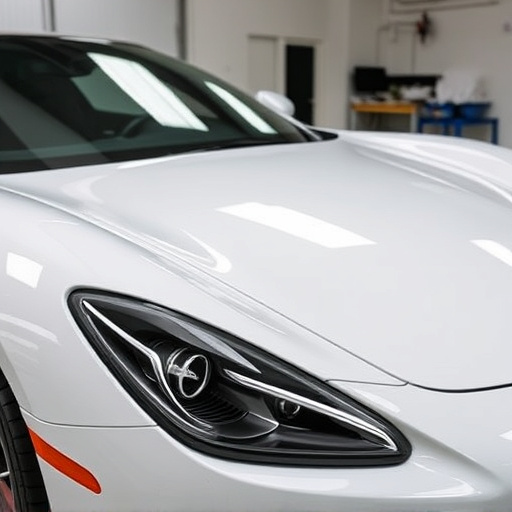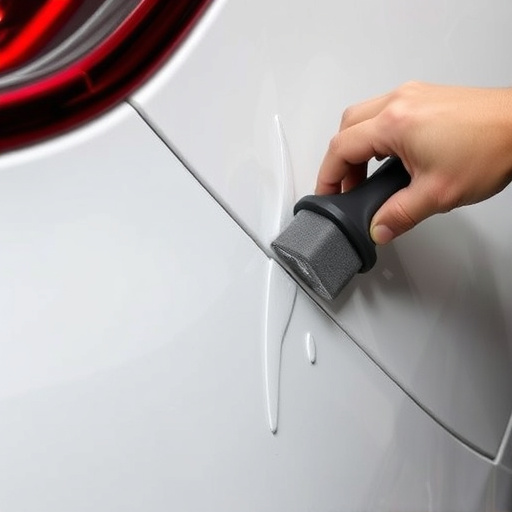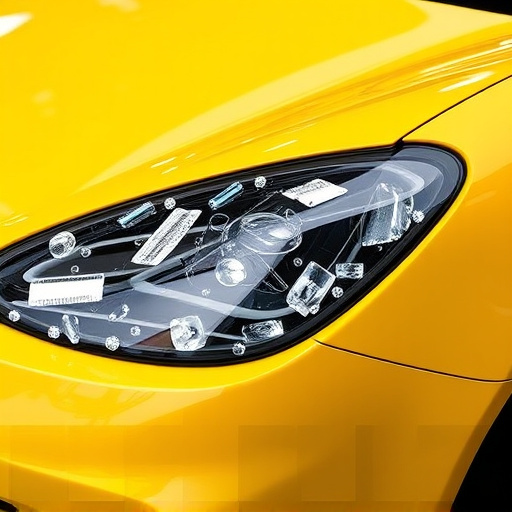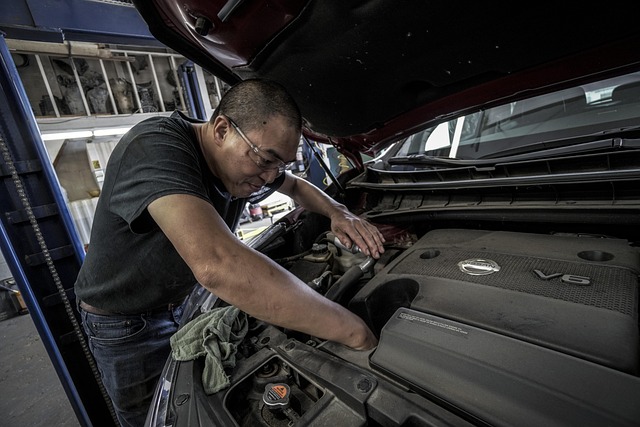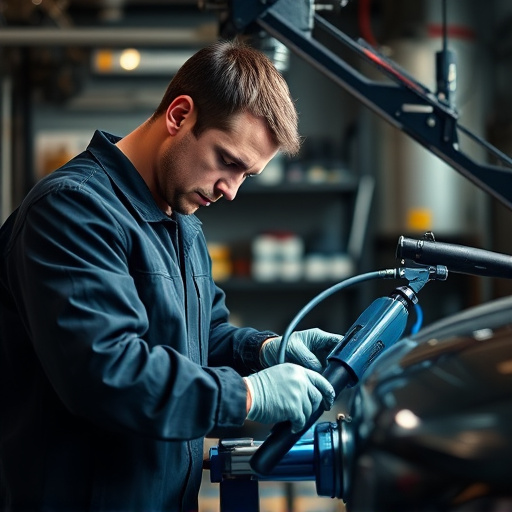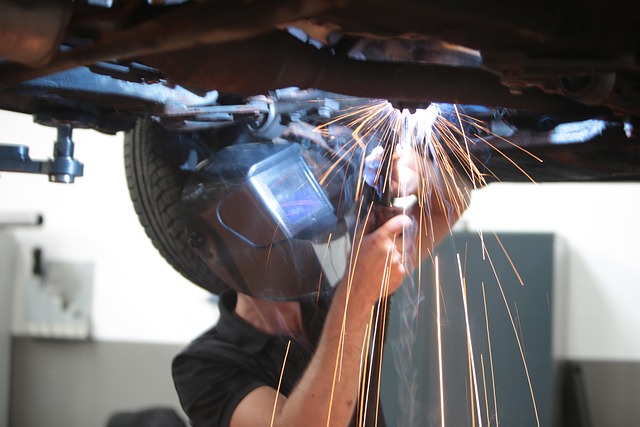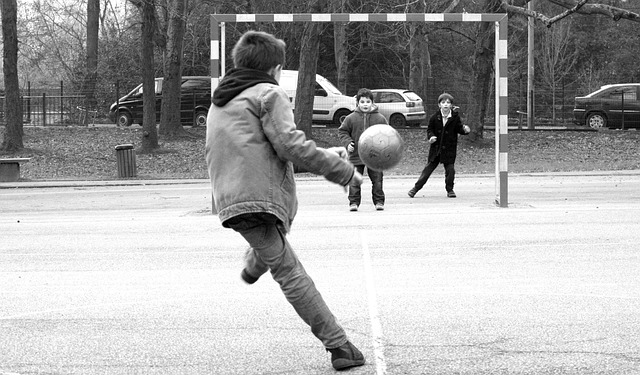Before engaging professional PDR services, conduct a thorough assessment of your car's exterior, noting dents, dings, and scratches. Focus on susceptible areas like doors, fenders, and trunk lids. Consider vehicle age and maintenance history, as older cars may need more intensive repairs. This evaluation ensures you receive suitable PDR solutions, whether minor fixes or extensive body work.
“Before entrusting your vehicle to professionals for Paintless Dent Repair (PDR), ensure a smooth and effective process by preparing both your car and workspace. This comprehensive guide outlines the crucial steps: assessing your car’s condition, gathering the right tools, and final preparations. Understanding the scope of work and damage assessment is key. From essential tools to safety gear, this article covers everything needed for a successful PDR job, allowing you to transform your vehicle with minimal impact.”
- Assessing Your Car's Condition
- – Understanding the scope of PDR work needed
- – Identifying areas requiring attention and repair
Assessing Your Car's Condition
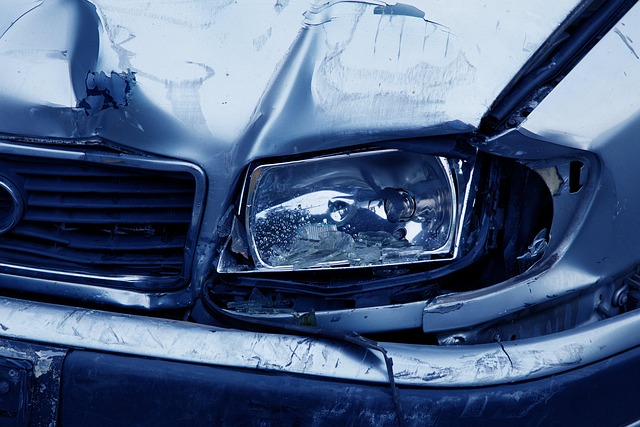
Before engaging professional PDR (Paintless Dent Repair) services, it’s crucial to assess your car’s current condition. This includes examining the extent and type of dents, dings, or scratches present on the vehicle’s exterior. Some areas may be more susceptible to dents, such as the doors, fenders, and trunk lid, so pay special attention to these parts. Additionally, consider the age and overall maintenance history of your car; older vehicles might require more intensive auto body work compared to newer models that often come with better manufacturing quality and protection coatings.
Knowing whether your vehicle needs simple dent removal or extensive auto body repair is essential. Minor dents and dings can often be fixed using PDR techniques, while deeper damage may necessitate tire services or even replacement parts. A thorough assessment will not only help you set realistic expectations but also ensure that you receive the most suitable and cost-effective solutions for your vehicle’s dent repair needs, whether it’s a simple fix or extensive auto body work.
– Understanding the scope of PDR work needed
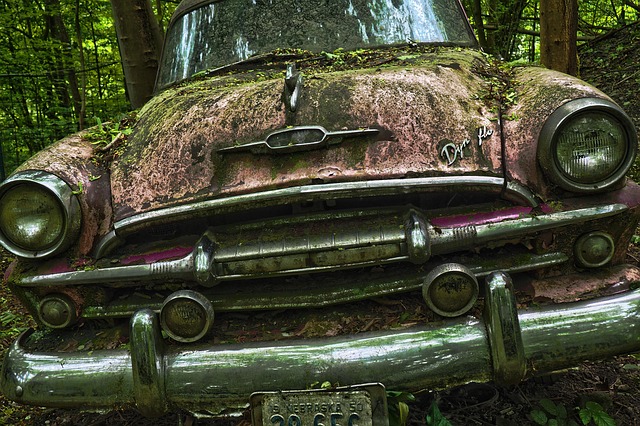
Before preparing your car for professional PDR (Paintless Dent Repair) work, it’s crucial to understand the scope and extent of damage that needs attention. Professional PDR focuses on removing dents, dings, and creases from a vehicle’s exterior without disturbing the factory finish. It’s not just about fixing small dents; it involves assessing and treating various types of damage, including minor collision damage, door dings, and even hail damage. The key is to identify all affected areas that require repair to ensure a complete and seamless restoration.
During your initial evaluation, consider the size, depth, and location of each dent or damage. Minor dents can often be treated effectively by PDR techniques, but larger or deeper damages might need alternative methods like painting or panel replacement. A detailed inspection will help you understand the work involved, ensuring a successful auto detailing and car restoration process when handled by professional experts in the field.
– Identifying areas requiring attention and repair
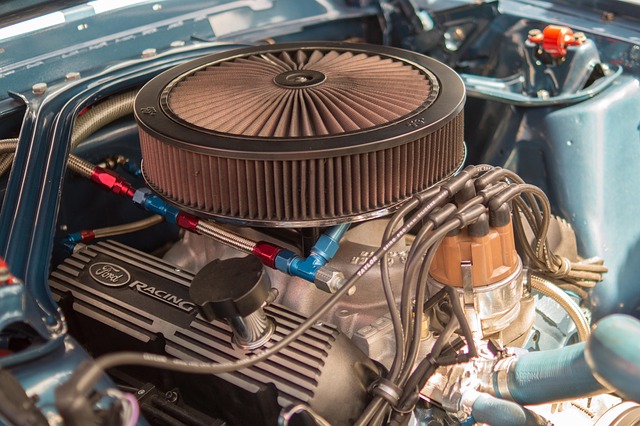
Before engaging a professional PDR service, it’s crucial to thoroughly inspect your vehicle and identify areas that require attention and repair. Start by examining the exterior for any dents, dings, or scratches, paying close attention to the fenders, bumpers, and doors—common spots for damage. Even minor imperfections can impact the overall appearance of your car, so take note of every issue, no matter how small.
If you’re unsure about certain damages, it’s best to consult with an automotive body shop expert who can assess and diagnose issues like fender repair or bumper repair accurately. This step is essential in ensuring that all necessary repairs are addressed before the PDR process begins, leading to better results and a more satisfying outcome for your vehicle.
Preparing your car for professional PDR (Paintless Dent Repair) work involves a thorough understanding of its current condition. By assessing the scope of necessary PDR work and identifying areas that require attention, you set the stage for optimal results. This process ensures that professionals can efficiently address dents and scratches, bringing your vehicle back to its pre-impairment state with minimal disruption to the paint job.
